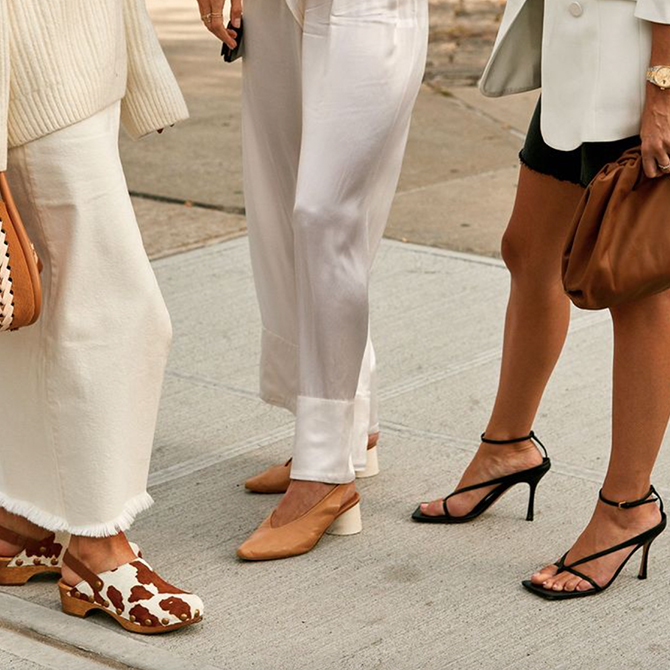We’ve established that pretty things aren’t always the best for us—our fashion choices are the best example. When it comes to footwear, while we’re all aware that stilettos and pumps are some of the worst shoes for our feet, do you know that your comfortable flats aren’t exactly the best either?
To take better care of our feet (and our overall health), we spoke to podiatrist Elaine Bong to gain a better insight into the shoe designs that are harmful to our foot health, and tips on how we could do better.
Below, a ranking of the worst to best shoes based on the common styles:
Worst: Stiletto sandals
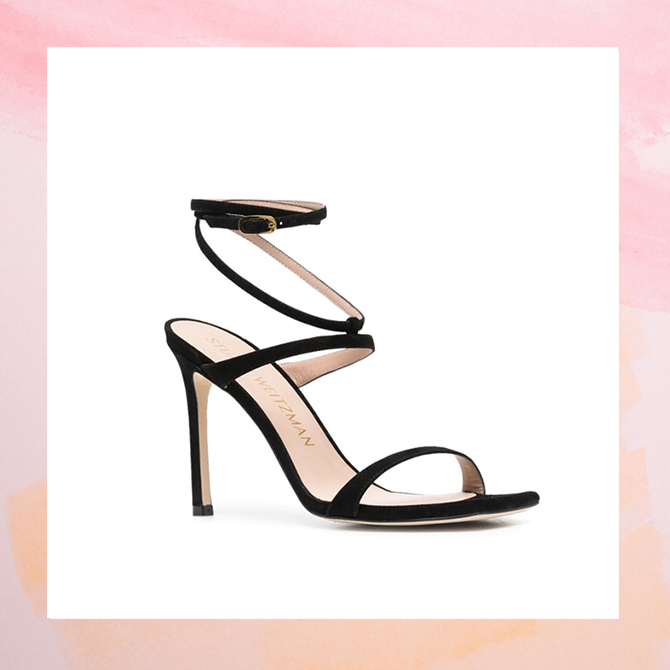
“Stiletto puts your feet in an unnatural position. The few fine straps provide little to no support, so it’s basically like walking on stilts. Good balancing is needed, and trips and falls are more common in them. In the long run, the high heels will cause shortening of calf muscles, and forefoot disorders like metatarsalgia (a condition in which the ball of your foot becomes painful and inflamed).”
Tip: “It’s fine if they’re worn for a short period of time, but I would suggest choosing one with thicker straps and heel for better stability.”
Stiletto pumps
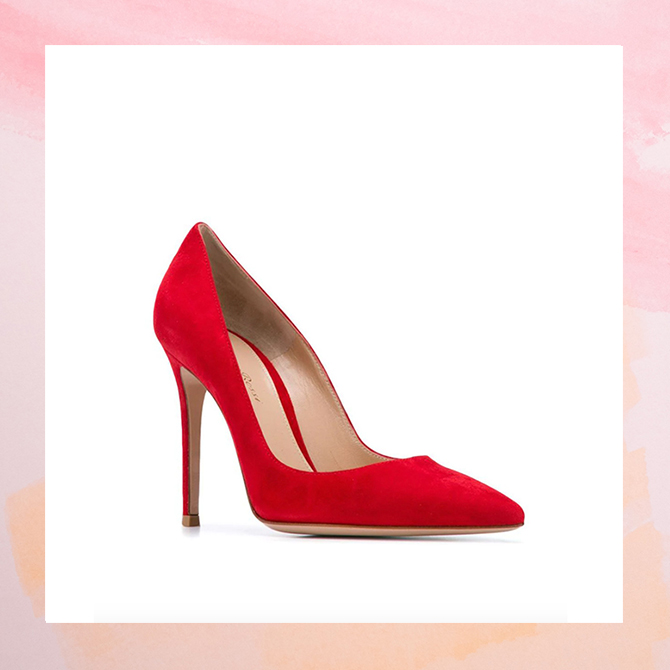
“Stilettos—including pumps—are generally bad for your feet as the bodyweight is focused on just one area instead of being evenly distributed. The height of the heel also puts a lot of stress on the forefoot area. Like stiletto sandals, this type of footwear will cause one to trip or sprain their ankle more often compared to other types of heels. Long-term usage will cause shortening of calf muscles, metatarsalgia, as well as bunions and other forefoot pathologies.”
Tip: “Opt for a wider forefoot and add gel insoles that will reduce stress and provide more support to the forefoot area.”
Heeled sandals
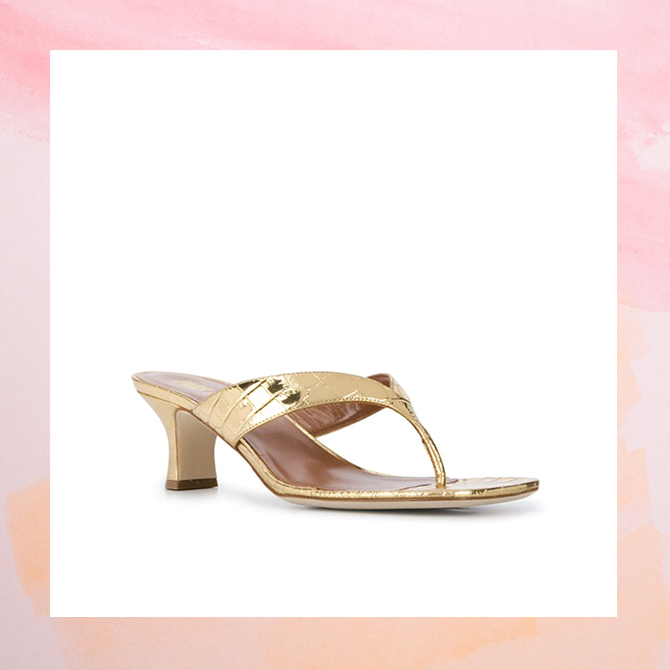
“This type of footwear features an ideal heel height, and the heels have sufficient thickness to provide better stability. However, the lack of toe box may overwork the tendons in order to obtain grip when you’re walking. This will cause hammer toes (a deformity that causes your toes to bend downward instead of pointing forward) as well as tendinopathy (painful tendons). Kitten heels do not provide the same amount of stability as compared to chunkier heels.”
Tip: “They’re still acceptable if they’re not too high and if they’re not worn for an extended period of time.”
Wedges
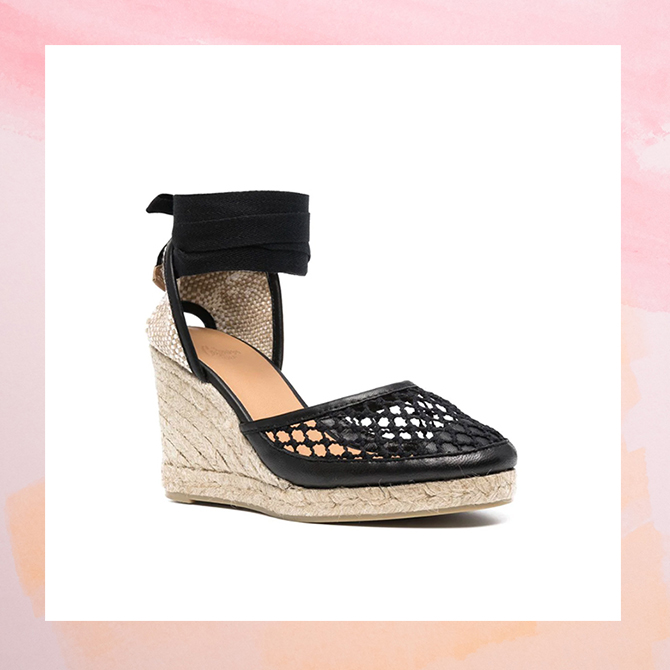
“Wedges are considered better than other heels. The heel counter (located at the back of the shoe where the heel bone sits) offers support, and the platform provides stability. The forefoot platform that gives it some height evens out the heel wedge, hence reducing the amount of forefoot pressure.”
Flat mules
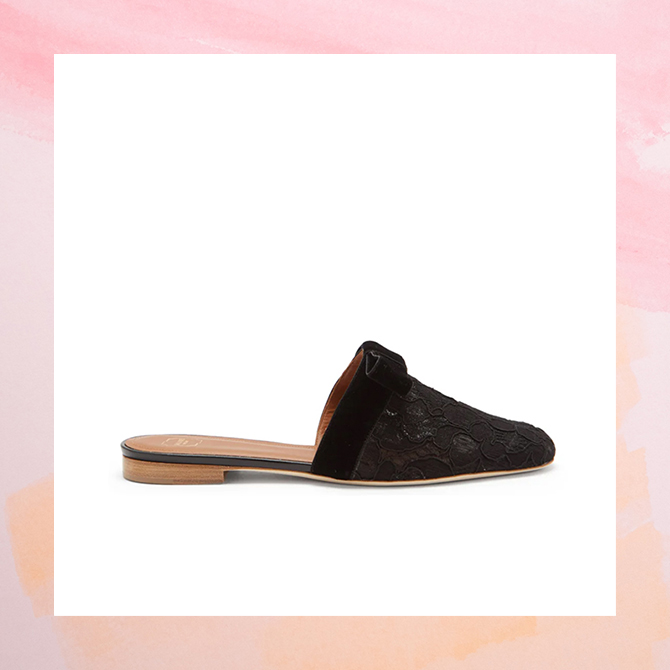
“Shoes with a sharp and pointy forefoot area and thin soles are generally bad. Similar to flip-flops, the tendons on the toes will overwork to obtain grip whilst holding your foot in position.”
Flip-flops
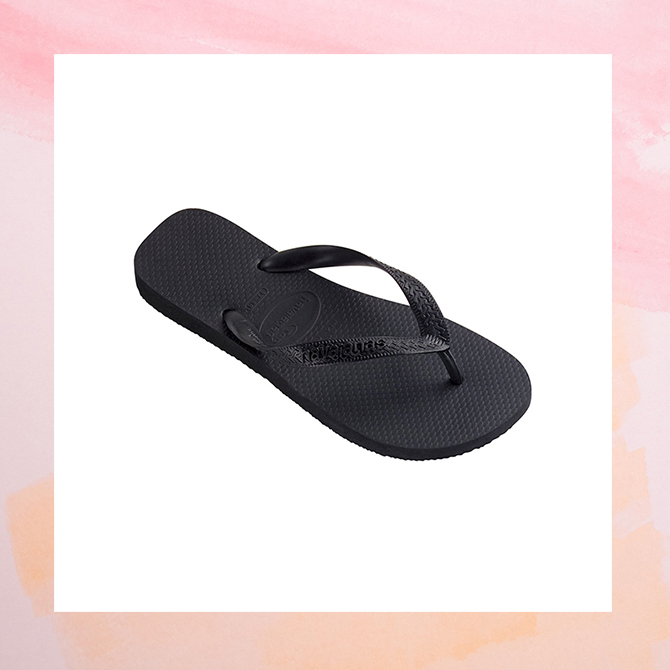
“A Malaysian favourite, slippers are easy to put on but it might overwork your toes as they will grip onto the footwear to obtain stability. This might cause hammer toes and extensor tendinopathy (pain of the tendons along the top of the foot) in the long run.”
Tip: “Brands such as Vionic and Aetrex are good options to consider.”
Ballet flats
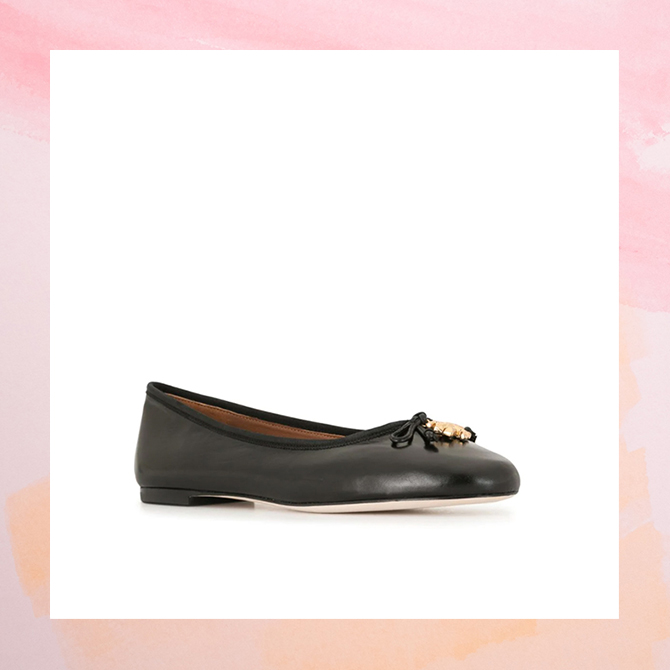
“This type of flats has very thin soles which impede in shock absorption on different terrains. The soft heel counter provides very little cushioning and support, and the tight forefoot area will cramp the front part of your foot.”
Tip: “There are ballet shoes out there with harder heel counters and good soles. As long as they have these features, it should be fine.”
Slides
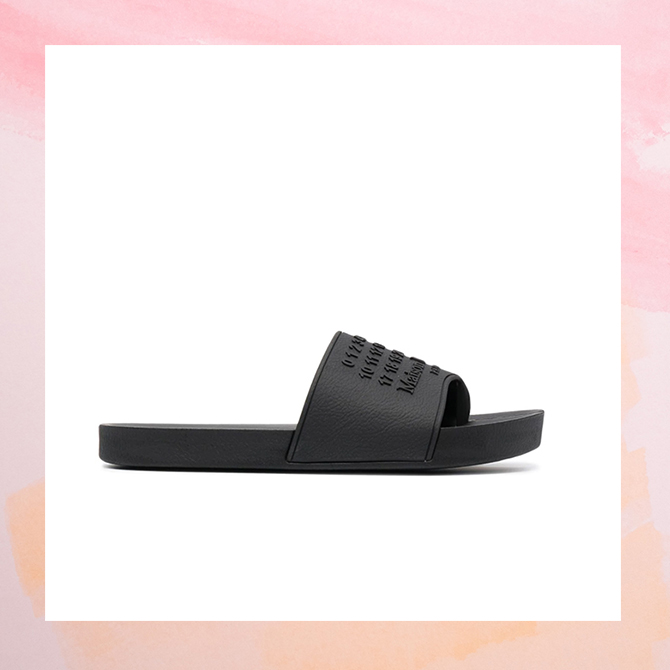
“Slides generally have wider forefoot space compared to other sandals which helps to accommodate bunion and tailor’s bunion. The sole is generally thicker as well, which provides great comfort in all terrains.
Tip: “It would be an added bonus if there’s an arch on it.”
Ergonomic sandals
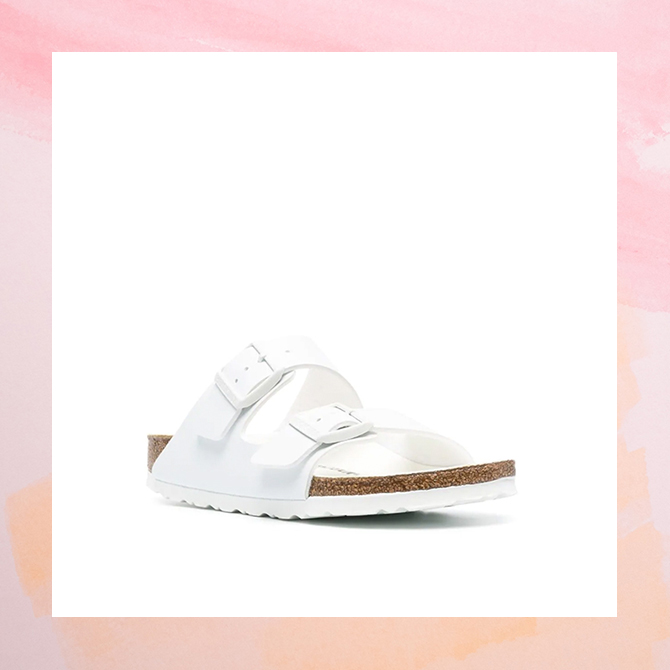
“Ergonomic sandals such as Birkenstocks have good features. They have arch and shock-absorbing soles which are hard and supportive. It’s suitable for most people, regardless of whether they have a low or high arch profile.”
Walking shoes
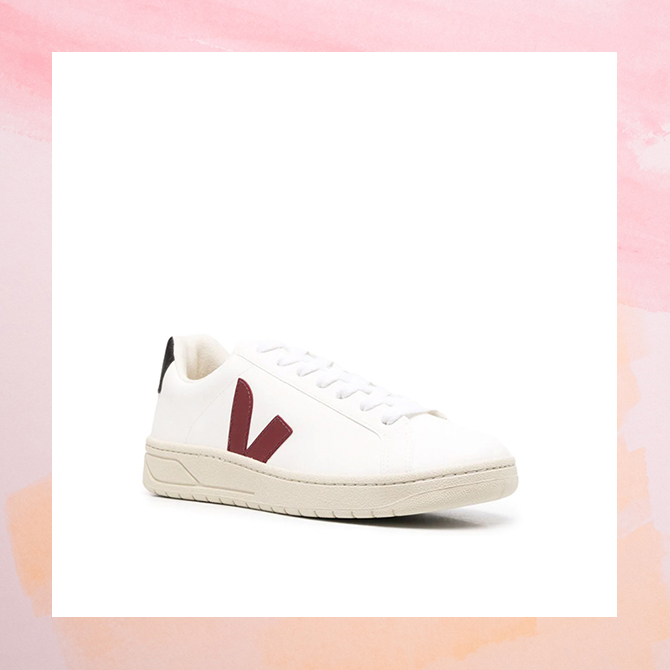
“Closed-toe shoes are always a plus. This type of footwear provides a moderate heel counter and a good shank. They provide shock absorption as well as support to keep our feet healthy and stress-free.”
Loafers
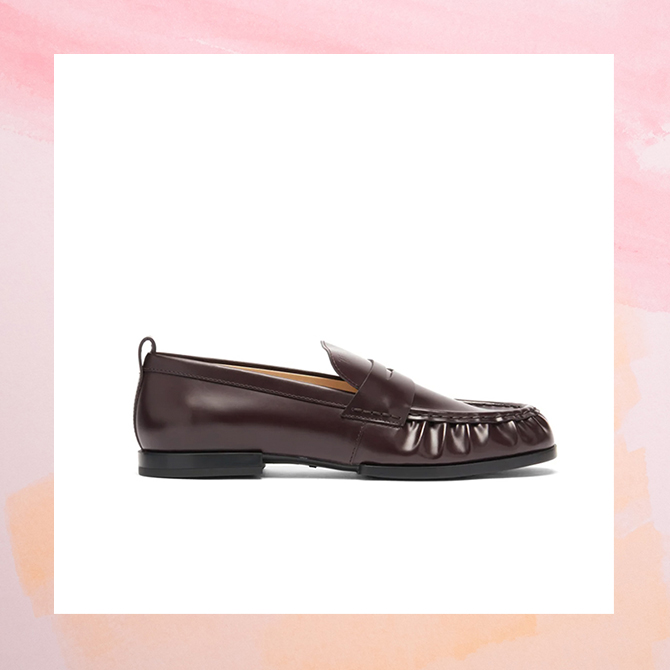
“Loafers are a good formal option. This type of slip-on design has a hard shank (base) and a hard heel counter to hold the foot in position, providing good stability.”
Best: ‘Dad’ sneakers
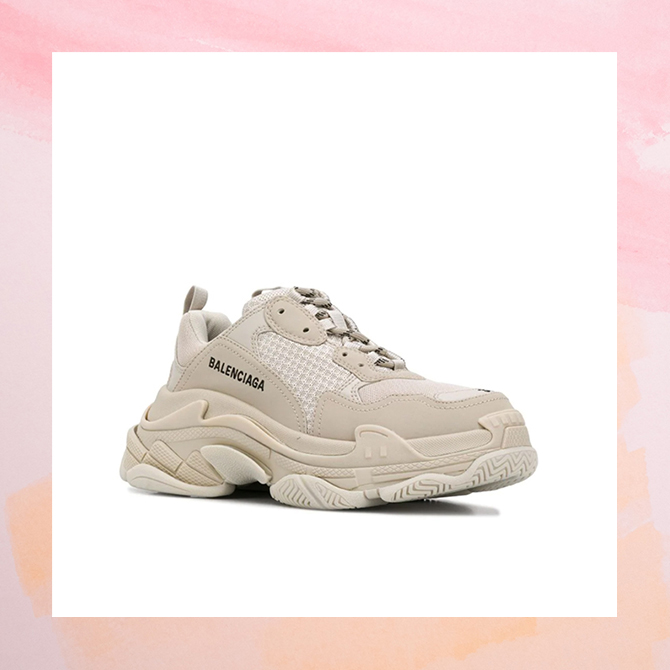
“Chunky sneakers have a hard heel counter, a good shank and a thick sole to better support the feet. On top of that, this footwear also has the characteristics of a rocker sole (a thicker-than-normal sole with rounded heel) that may assist with propulsive—or in other words, toe-off—phase of the stance where the heel is off the ground. That said, chunky and heavy sneakers might put more stress on the anterior muscles and cause one to feel fatigued very quickly.”
Tip: “There are some options out there which are chunky but lightweight.”
While these expert tips do give us a better insight into our footwear choices, there are no one-size-fits-all recommendations as everyone has different foot shapes and gaits. At the end of the day, as Bong said, the most important thing is to be educated in order to make informed decisions and avoid any pathological issues in the long run. A great pair of shoes will not only have an impact on your foot posture—it affects your mobility and joint functions further up from the feet too.
| SHARE THE STORY | |
| Explore More |
